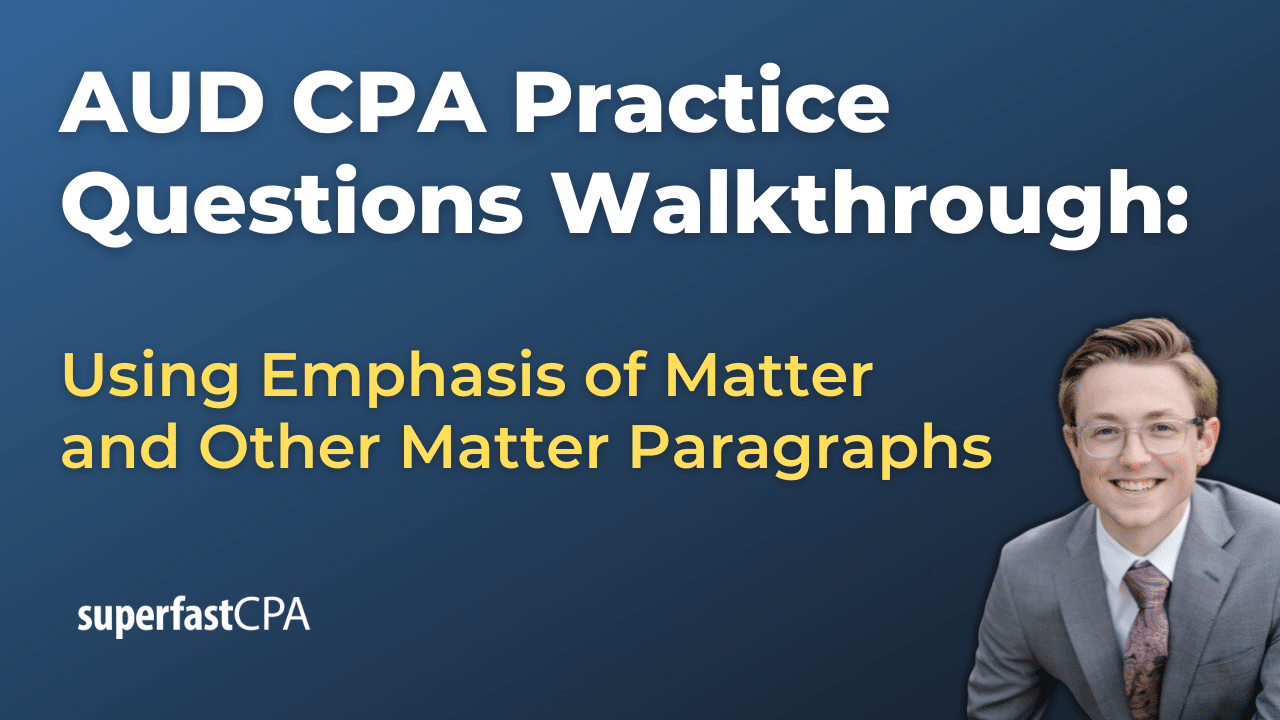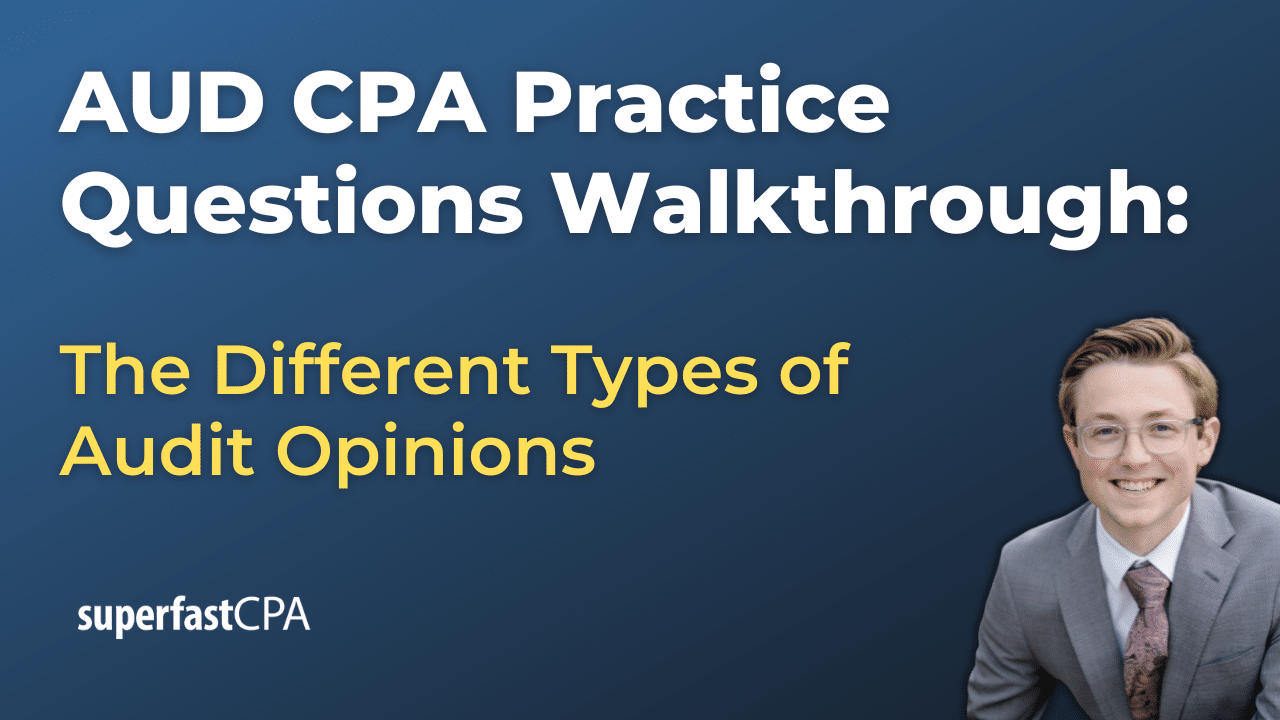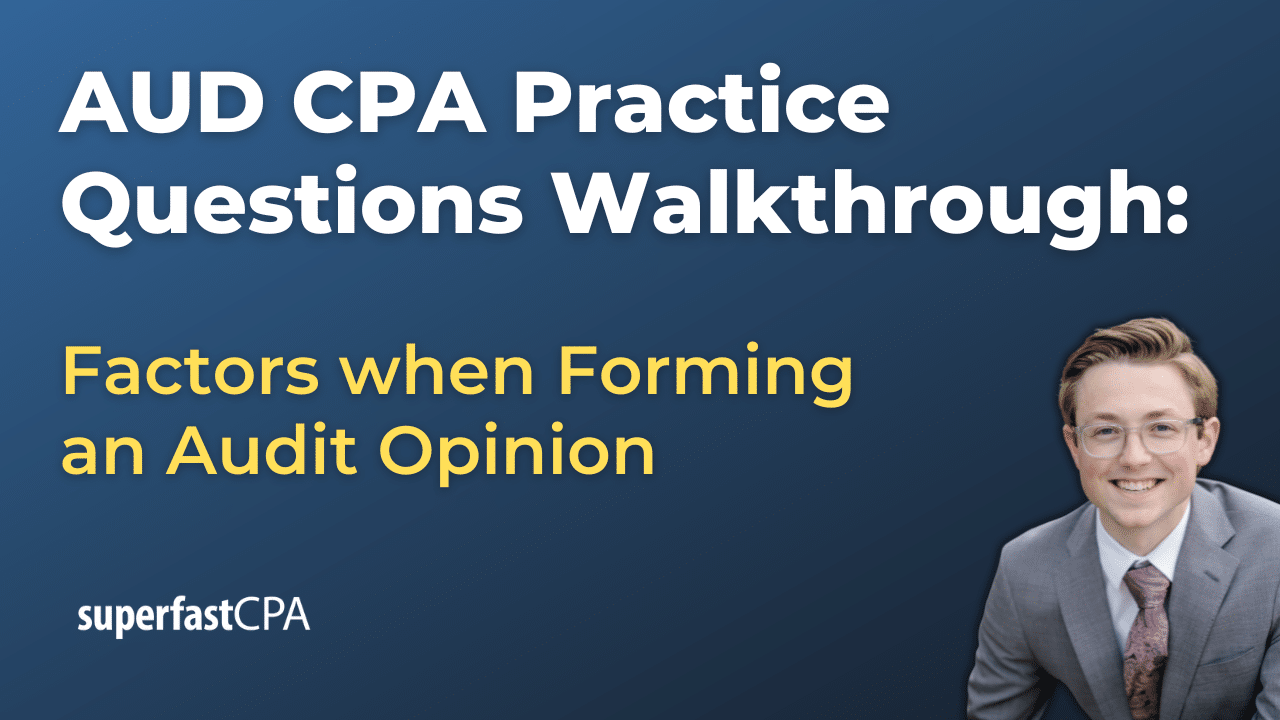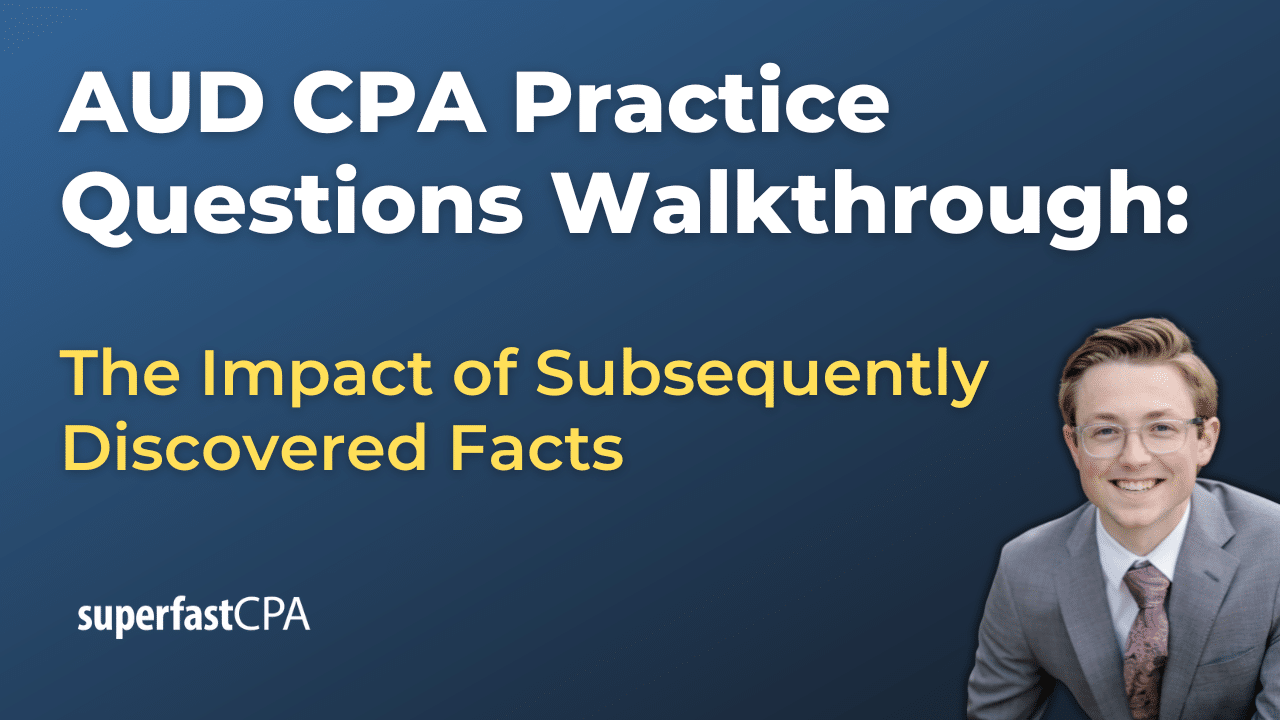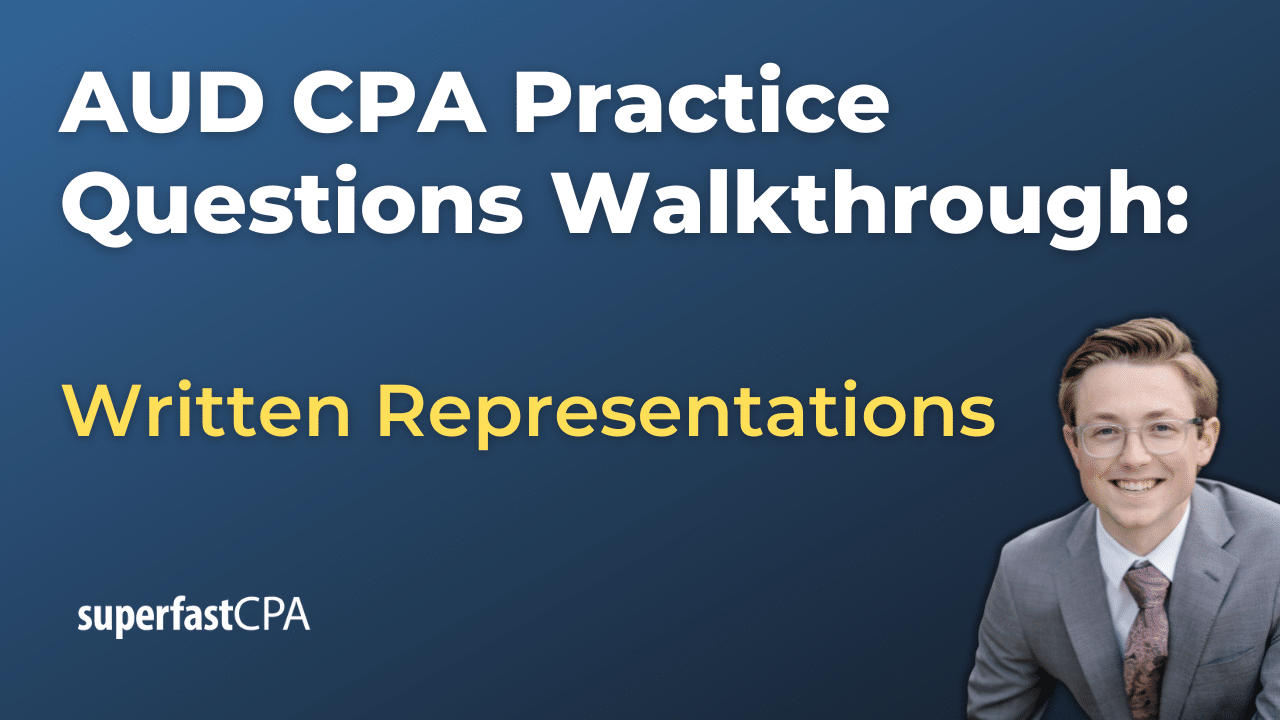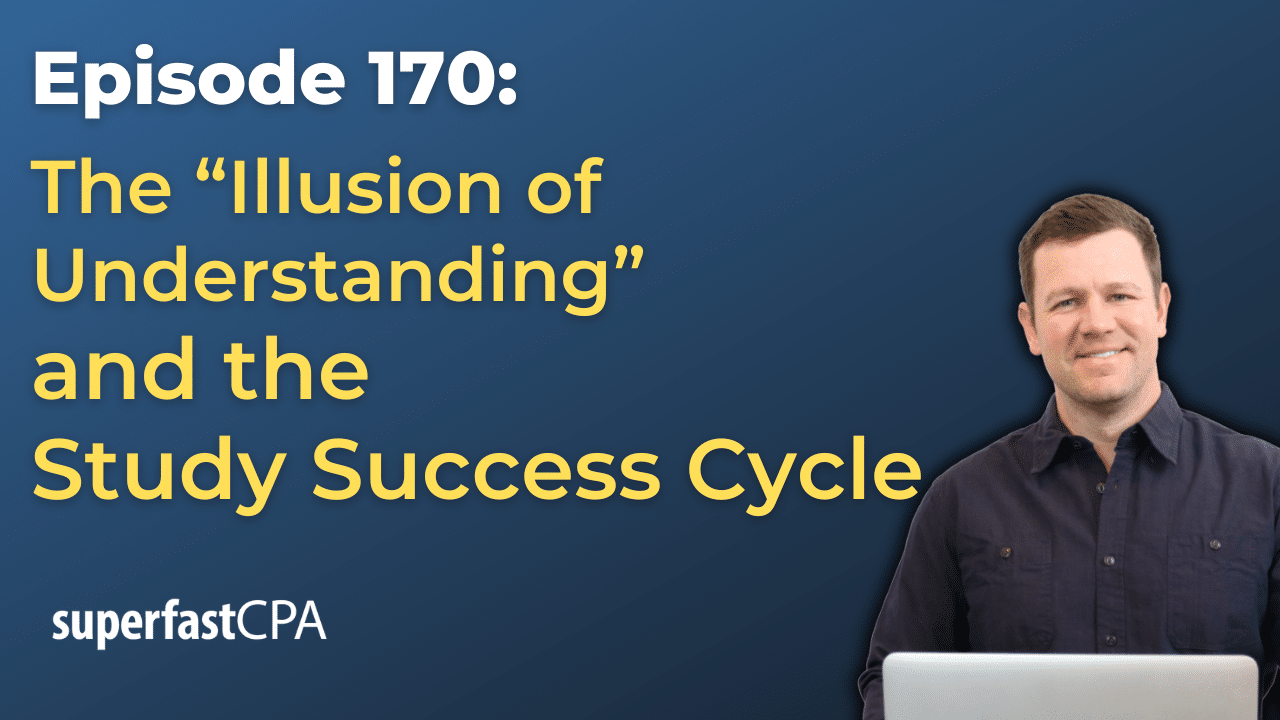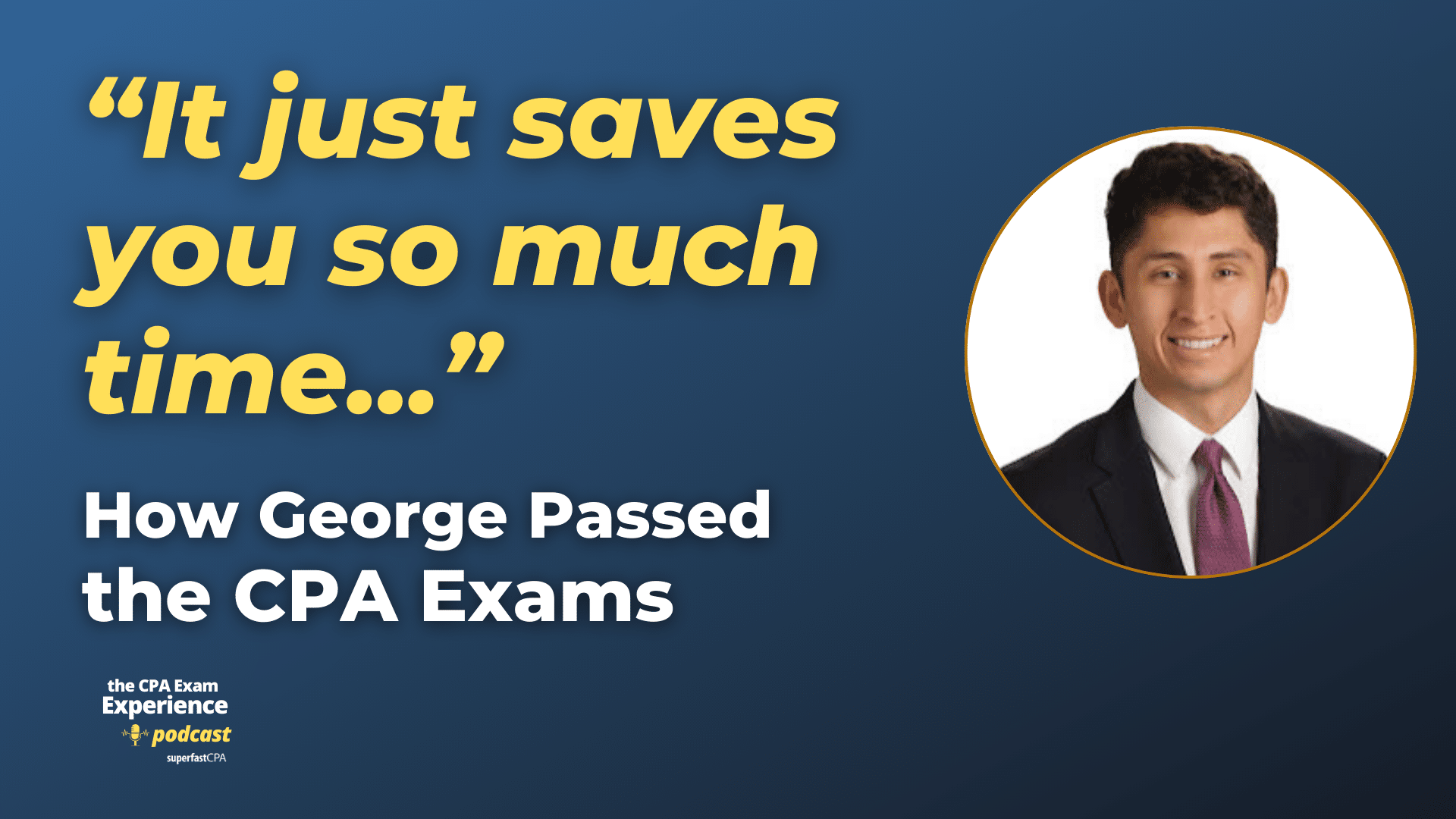Flexible Budget Variance
A flexible budget variance is the difference between the actual costs or revenues and the flexible budget amounts for a given period. This variance measures how well a company controlled its costs or generated its revenues relative to its level of output or activity.
The variance can be classified as either favorable or unfavorable:
- Favorable Variance: This occurs when the actual revenues are higher than the budgeted revenues, or when the actual costs are lower than the budgeted costs. Essentially, this means that the company’s performance is better than what was expected in the budget.
- Unfavorable Variance: This occurs when the actual revenues are lower than the budgeted revenues, or when the actual costs are higher than the budgeted costs. In other words, the company’s performance is worse than expected based on the budget.
Flexible budget variances allow managers to adjust their budgetary expectations based on the actual level of activity, providing a more accurate benchmark for performance evaluation. It is an effective tool for identifying areas of over-spending or under-spending, helping companies to control costs and make better financial decisions.
Example of a Flexible Budget Variance
Let’s consider an example of a manufacturing company that uses a flexible budget. They have budgeted for $15 in costs per unit produced (including direct materials, direct labor, and variable overhead costs), and $10,000 in fixed costs per month.
Suppose in a particular month, the company planned to produce 1,000 units but actually produced 1,200 units. Here’s how the flexible budget variance might be calculated:
Flexible Budget for Actual Output Level:
- Variable Costs: $15 * 1,200 units = $18,000
- Fixed Costs: $10,000
- Total Budgeted Costs: $18,000 + $10,000 = $28,000
Actual Results:
Suppose the actual costs were $19,500 for variable costs and $10,000 for fixed costs, leading to total actual costs of $29,500.
Variance:
- Variable Costs Variance: $19,500 (actual) – $18,000 (budgeted) = $1,500 Unfavorable Variance
- Fixed Costs Variance: $10,000 (actual) – $10,000 (budgeted) = $0 Variance (no difference)
- Total Costs Variance: $29,500 (actual) – $28,000 (budgeted) = $1,500 Unfavorable Variance
In this case, the company spent more on variable costs than expected given the level of output, leading to an unfavorable variance. The fixed costs were as expected, leading to no variance.
This information could be used by management to investigate why the variable costs were higher than expected and identify ways to improve cost control in the future.


